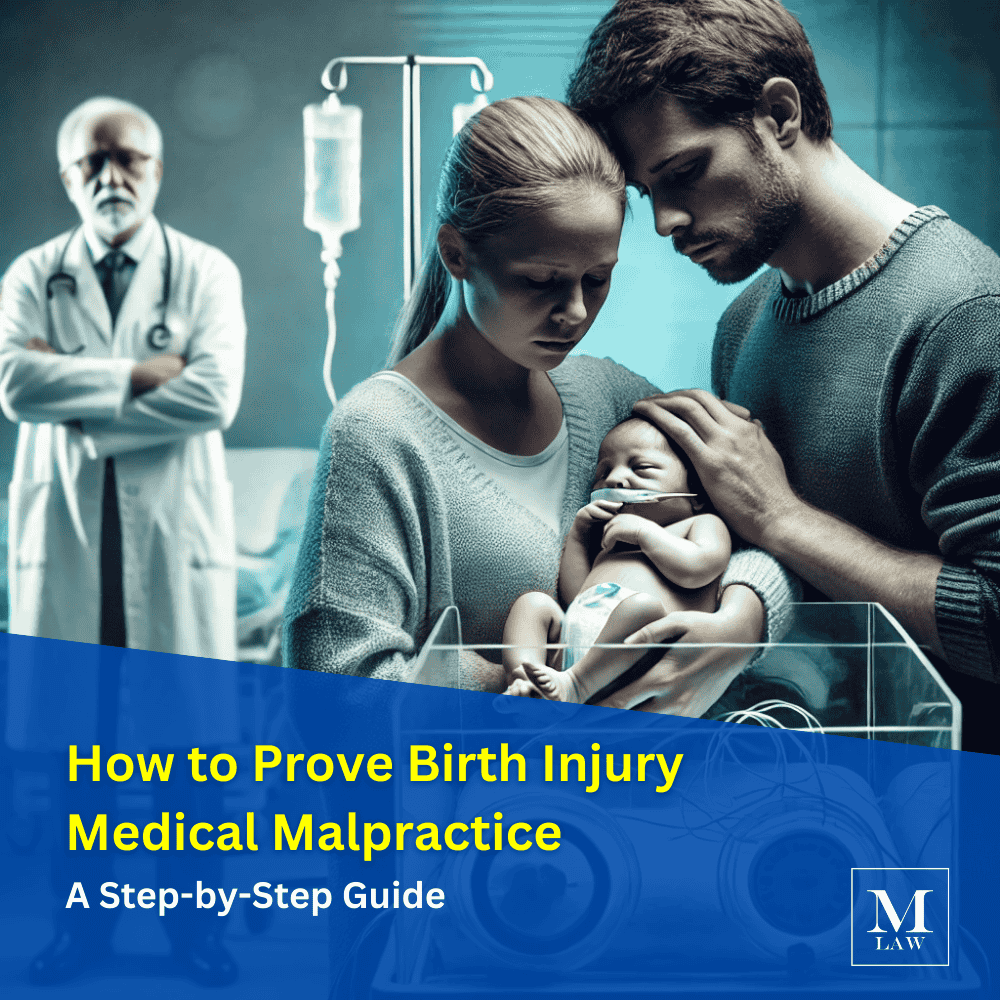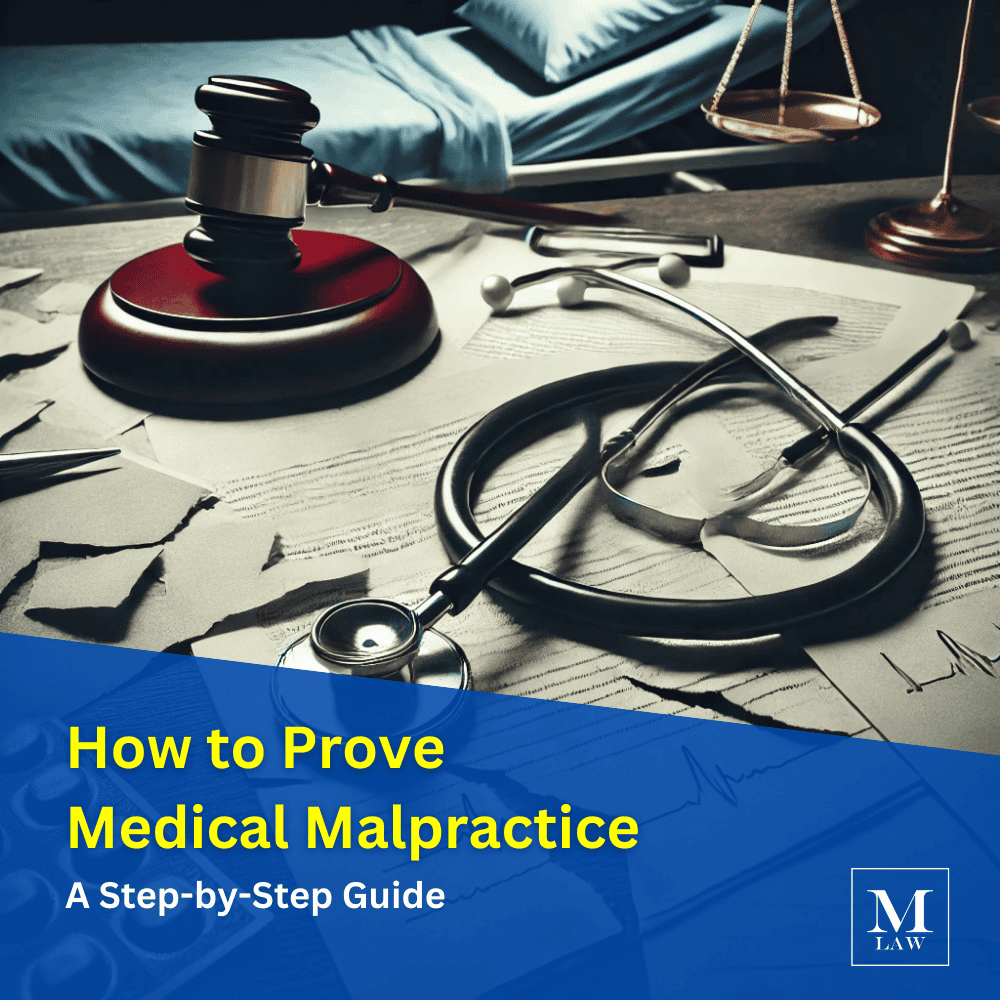Midwives can play a crucial role in childbirth, providing care and support for expectant mothers during one of life’s most significant moments. While many midwives are dedicated professionals who prioritize safe and healthy deliveries, instances of midwife malpractice can and do occur.
Understanding Midwife Malpractice
Midwife malpractice refers to instances where a midwife’s actions or omissions result in harm to the mother or the baby during pregnancy, labor, or delivery. It’s essential to recognize that most midwives are highly trained and skilled, but like any healthcare profession, there can be instances of negligence or malpractice.
Examples of Midwife Malpractice
- Inadequate Prenatal Care: One of the key roles of a midwife is to provide prenatal care. In cases of malpractice, a midwife might fail to conduct necessary prenatal tests, monitor the baby’s growth, or address risk factors adequately.
- Delayed or Incorrect Diagnosis: Midwives must be vigilant in identifying potential complications during pregnancy. Failure to diagnose conditions like gestational diabetes, preeclampsia, or fetal distress can lead to serious consequences.
- Inadequate Monitoring During Labor: During labor, midwives are responsible for monitoring both the mother and the baby’s well-being. Failure to do so or misinterpretation of signs can result in birth injuries.
- Mismanagement of Home Births: While home births are a valid choice for some, mismanagement or inadequate preparation for complications can lead to adverse outcomes for both the mother and the baby.
- Lack of Emergency Preparedness: Midwives should be trained to handle emergencies swiftly and effectively. Malpractice can occur if a midwife is unprepared or unable to respond to a sudden crisis.
Is it Safer to Use a Midwife Than to Go to the Hospital?
The safety of using a midwife versus going to the hospital depends on various factors, including the mother’s health, the pregnancy’s progress, and the availability of medical facilities. It’s important to consider the following:
- Low-Risk Pregnancies: For low-risk pregnancies with proper prenatal care, a midwife-assisted birth, whether at home or in a birthing center, can be safe and satisfying.
- High-Risk Pregnancies: High-risk pregnancies, such as those involving medical complications or a history of previous complications, often require hospital-based care. In these cases, a hospital provides access to medical interventions that can be life-saving.
- Emergency Preparedness: Regardless of the birth setting, it’s crucial that midwives are well-prepared to handle emergencies and have a plan for timely transfer to a hospital if complications arise.
- Informed Decision-Making: The choice between a midwife and a hospital should be based on informed decision-making, taking into account the specific circumstances of the pregnancy.
Midwife malpractice is a serious issue that can have devastating consequences. While many women have safe and positive experiences with midwives, it’s essential to be aware of the risks and benefits and to make informed choices about the type of care that best suits your individual needs and circumstances. When malpractice does occur, legal recourse may be necessary to seek justice and compensation for any harm suffered. If you believe you or your baby have been victims of midwife malpractice, consult with an experienced birth injury attorney to understand your rights and options.








